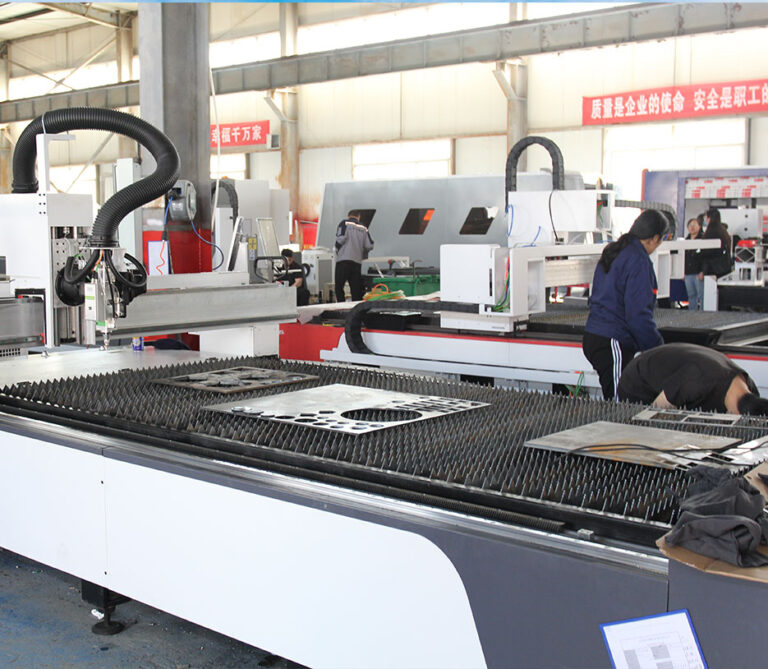Handheld laser welding machines are widely used in fields such as metal processing, automotive manufacturing, and electronic products due to their high efficiency, flexibility, and ease of operation. Although this type of equipment is easy to operate, it is necessary to master some operating skills and solutions to common problems in order to ensure welding quality and long-term use of the equipment. This article will introduce the operating points of a handheld laser welding machine and provide solutions to some common problems.
1、 Operation skills
1. Equipment preheating and debugging
Preheating and debugging of equipment are essential steps before formal welding. Firstly, check if the equipment is connected correctly, including the connection of the laser, water cooling system, and power supply. Then, according to the type and thickness of the welding material, set the appropriate power, pulse width, and frequency. Preheating equipment can ensure that the laser reaches its optimal working state, thereby improving the welding effect.
2. Welding speed and path control
The welding speed directly affects the quality and appearance of the weld seam. Too fast speed can lead to incomplete welding or narrow welds, while too slow speed may result in excessive weld width or material burning through. During operation, the appropriate speed should be selected based on the characteristics and thickness of the material, and stable gestures should be maintained to move smoothly along the predetermined welding path. Meanwhile, the welding path should avoid sharp turns to ensure the continuity and uniformity of the weld seam.
3. Proper use of protective gases
To prevent material oxidation during the welding process, it is usually necessary to use protective gases such as nitrogen, argon, etc. The flow rate and purity of the protective gas should be adjusted according to the welding material and environment. A low flow rate may not fully cover the welding area, leading to oxidation problems, while a high flow rate can waste gas and affect the welding effect. Therefore, it is necessary to ensure the reasonable use of protective gas during operation.
4. Welding angle and posture
The correct welding angle and posture are the key to obtaining high-quality welds. The welding angle of a handheld laser welding machine should generally be maintained at around 70-80 degrees to ensure that the laser beam can fully irradiate the welding area. At the same time, operators should maintain a comfortable and stable posture to reduce the impact of hand tremors. For hard to reach parts, welding can be assisted by adjusting the position of the equipment or using fixtures.
2、 Common problem solving
1. Uneven or discontinuous welds
Problem description: Uneven welding seams, such as inconsistent weld widths or intermittent welding processes.
Solution: Possible reasons include unstable welding speed, inappropriate laser power, or unreasonable welding path design. Suggest checking if the welding parameters are correct and maintaining stable gestures and speed during the welding process. If the problem persists, you can try readjusting the welding path or equipment parameters.
2. Surface oxidation of weld seam
Problem description: Oxidation discoloration appears on the surface of the weld seam, affecting the appearance and quality of the welding.
Solution: This is usually caused by insufficient protective gas flow or insufficient gas purity. Check the supply of protective gas to ensure that the gas flow rate and purity meet the welding requirements. In addition, the cleanliness of the welding environment can also affect the quality of the weld seam. It is recommended to operate in a relatively clean environment



